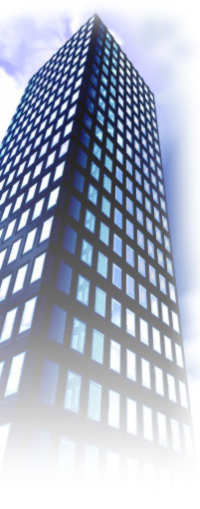Cancer and Lingzhi
Cancer tops the list of the 10 major causes of death in the country; Carcinogenic agents
present in our environment can be classified into the following 3 categories:
v Vegetative contents, including aflatoxin on moldy surfaces of peanusts, fruits of Cycas revolute, ferns,
coltsfoot spike, betel nut leaves, etc.
v Carbonized substance, such as haze, smoke, burnt parts of fried food, and ammonia nitrite produced in
the body.
v Chemical substance, including carcinogens produced by PCB, mustard gas, etc. which bring about job ailments.
When these substances enter body cells, they react with DNA of cell nucleus, changing
the structure of DNA and developing factors contributing to the proliferation of abnormal cells, hence bringing about the
formation of cancerous cells.
Two Japanese researchers successfully isolated anti-tumor and GL-1 polysaccharides from
lingzhi, and found these two components of lingzhi to be directly involved in subduing the proliferation of cancerous cells.
Moreover, lingzhi was also found to be helpful in restraining the production of thrombus. When patients of telophase cancer
experienced acute pains, taking lingzhi helped alleviate their pains and restore vitality.
